KAPE (Kroll Artifact Parser And Extractor) and Cado Community Edition are both great free tools for DFIR professionals. You can get a free download of KAPE here, and a free deployment of Cado Community Edition here.
Below we’ve outlined how you can use KAPE with Cado Community Edition, using a canonical example of WannaCry infecting a Windows Server install. If you’d like to follow along with this investigation yourself, you can download the test data (a KAPE collection) from our Github repo. Note: KAPE also has the ability to parse artifacts itself, but in this case, we’ve used the Cado platform.
Set up
We downloaded and ran a WannaCry sample to the desktop as “OpenMe.exe”. This isn’t how WannaCry would typically end up on a system, but it serves for the purpose of this example.
After about ten seconds, the familiar “Oops your files have been encrypted" message popped up on screen, and we ran a collection with KAPE. For this, we ticked the option to collect all artifacts and ran a collection:
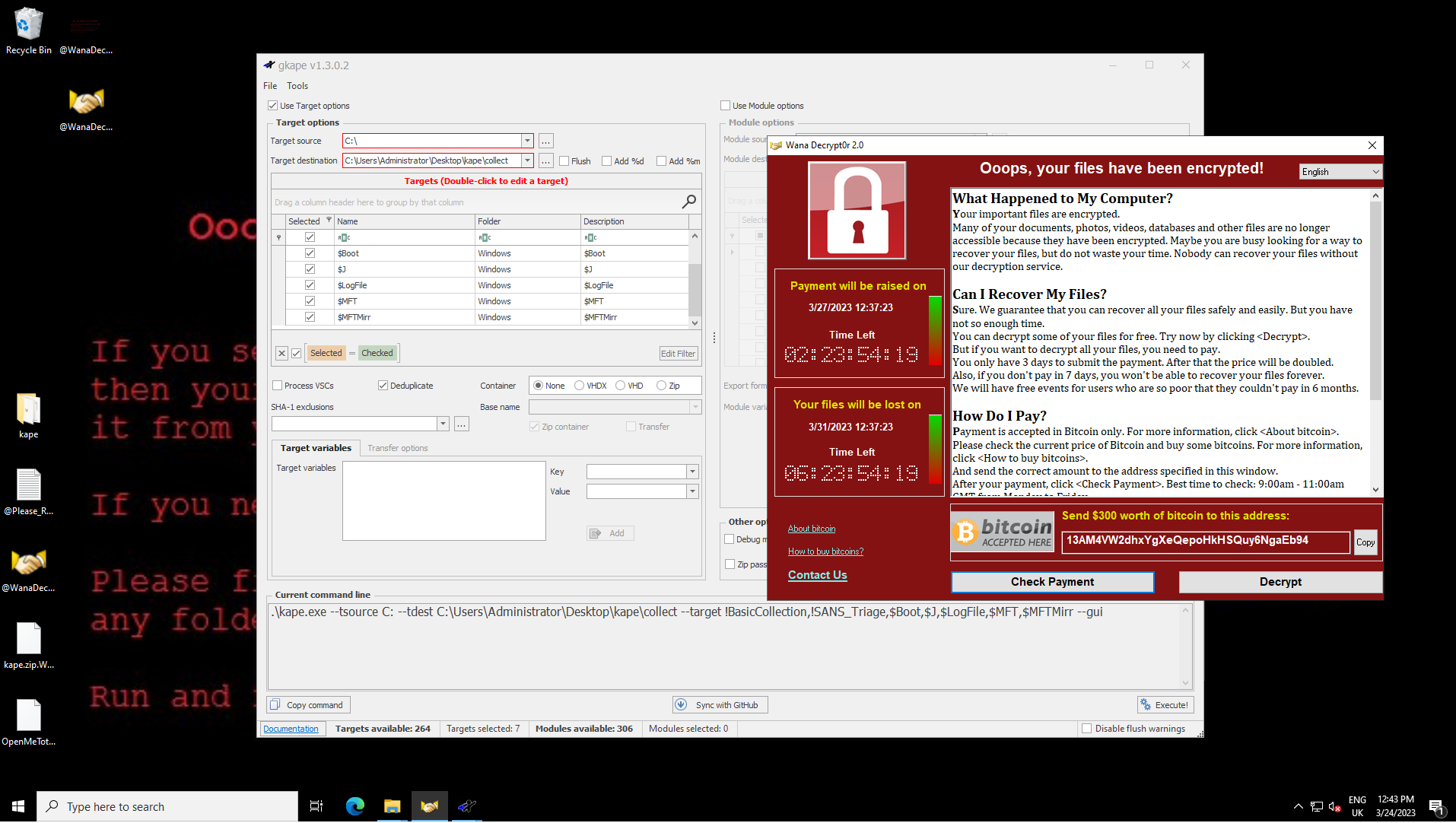
KAPE has the benefit of both being fast and complete - the output for this fairly vanilla Windows system was a 65 mb zip file:
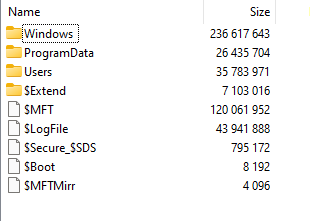
KAPE has the option to collect directly into S3, though in this case we copied it over manually and imported into the Cado platform:

Processing the Zip file takes about 10 minutes, after which we have a few leads to start with. This is a vanilla system so the execution of “OpenMe.exe” sticks out like a sore-thumb:

Pivot #1 - Time

The root of any investigation is the “pivot", and pivoting on the execution time of “OpenMe.exe” shows a number of clearly related events:
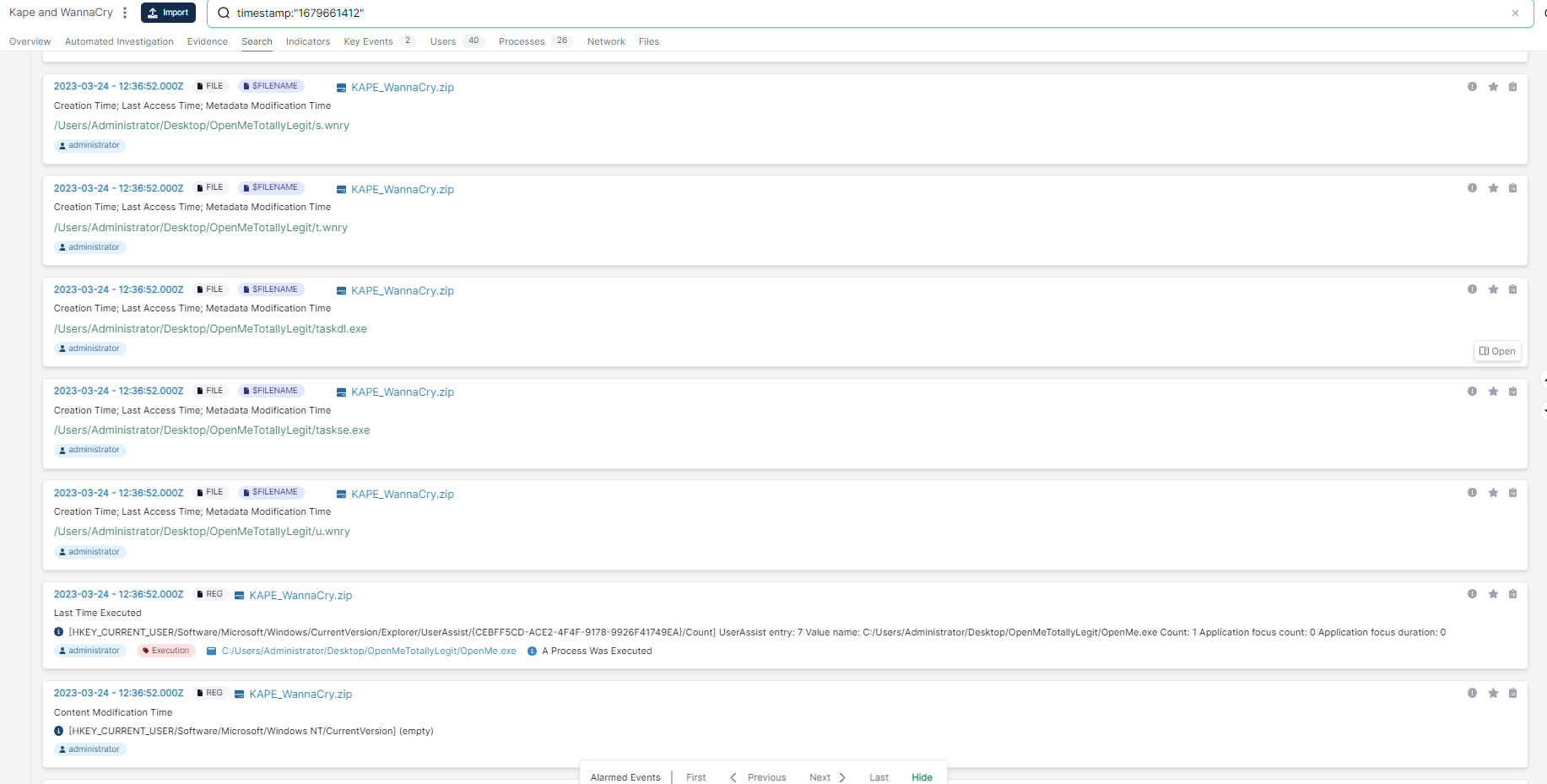
This includes the known WannaCry indicators taskdl.exe and taskse.exe. This comes from a number of locations, such as the parsed MFT and Registry as well as more esoteric forensic artifacts such as OLE data.
Pivot #2 - On the Username “administrator”:
We can also pivot on the username. Let’s pivot from this process screen onto the user “administrator”. From here, we can quickly see process execution events:
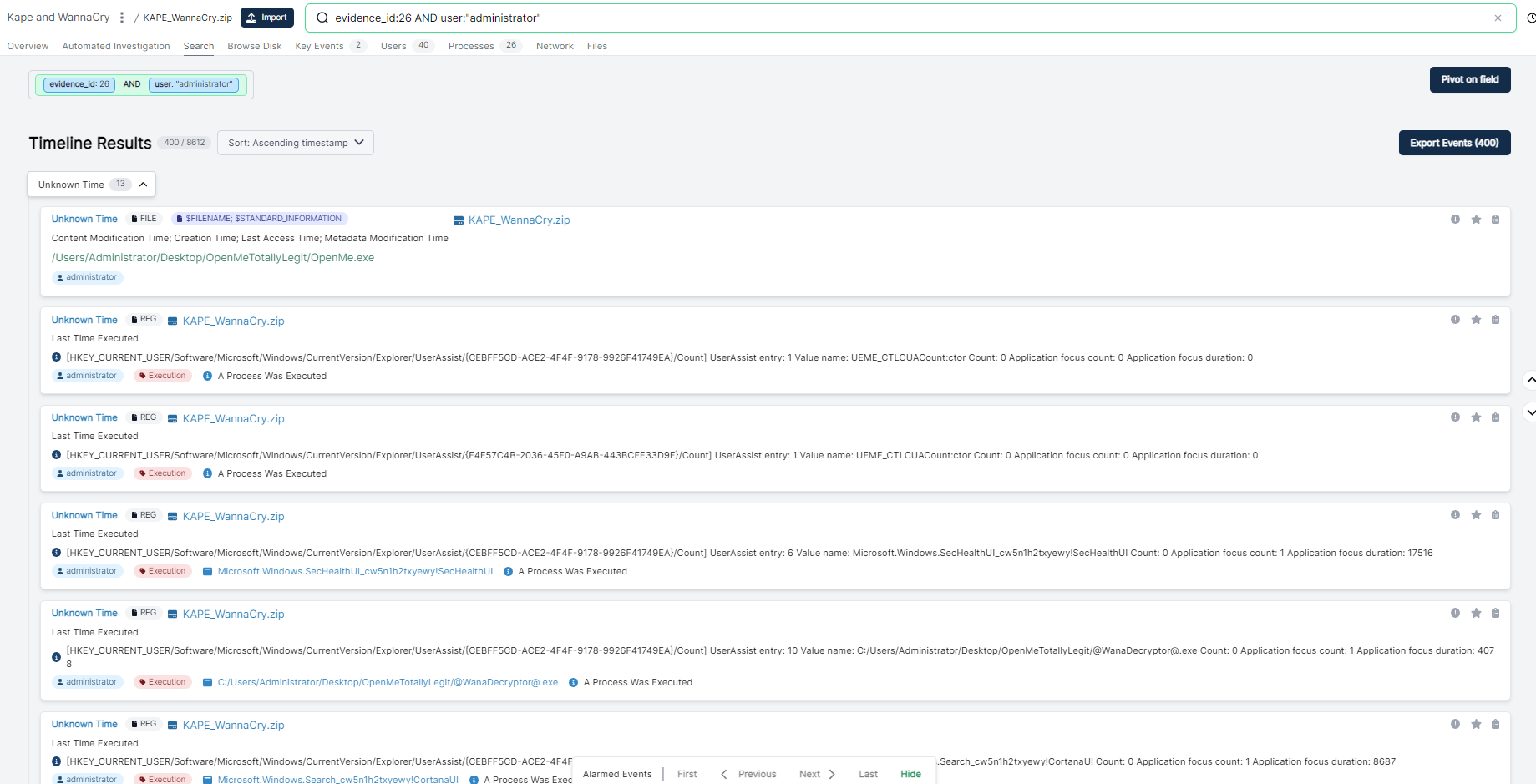
As well as parsed out sqlite databases from Windows:
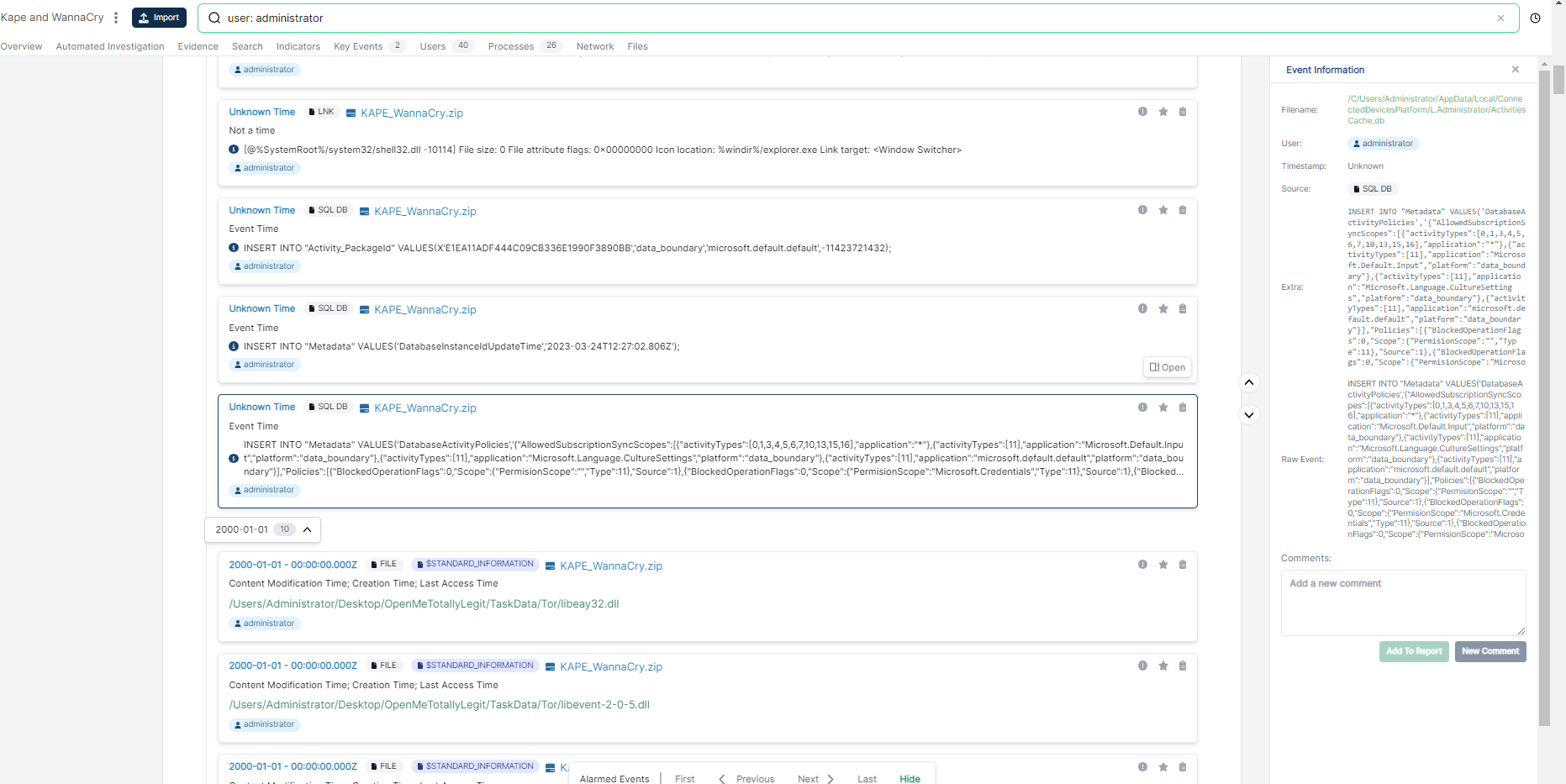
...and a bunch of other events. So let’s dive in on the period in question. We can narrow in on events from the user “administrator” from the last week pretty easily:
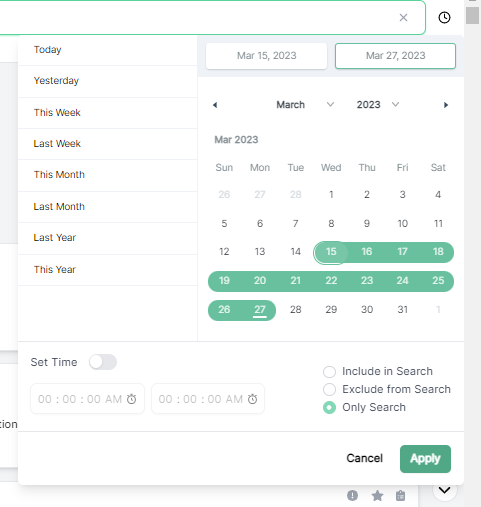
This returns some more relevant events:
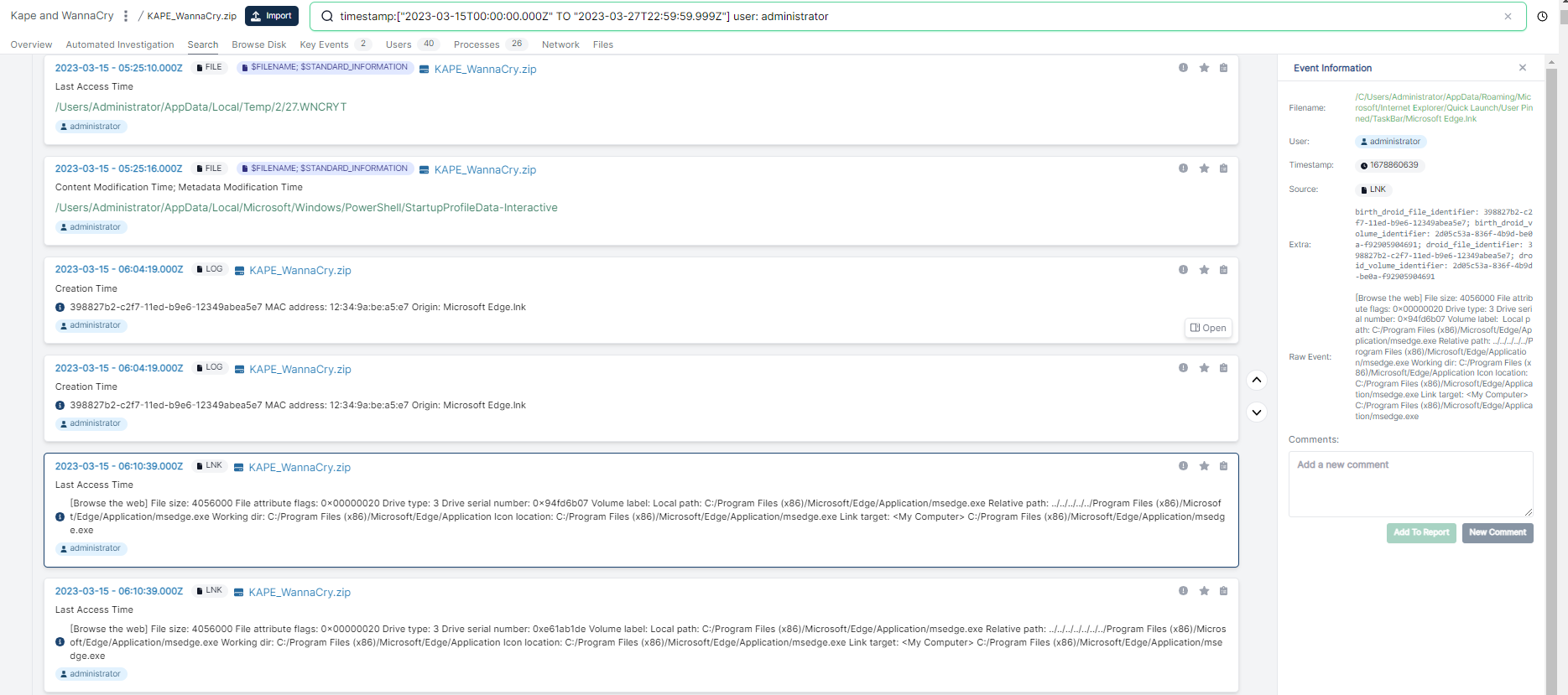
Vs Full Disk
Obviously there is a down-side to triage collection, which is that you miss some depth. I performed a full disk capture of the same system using Cado. Acquiring full disk gives you the ability to browse, search and download any files from the impacted system:
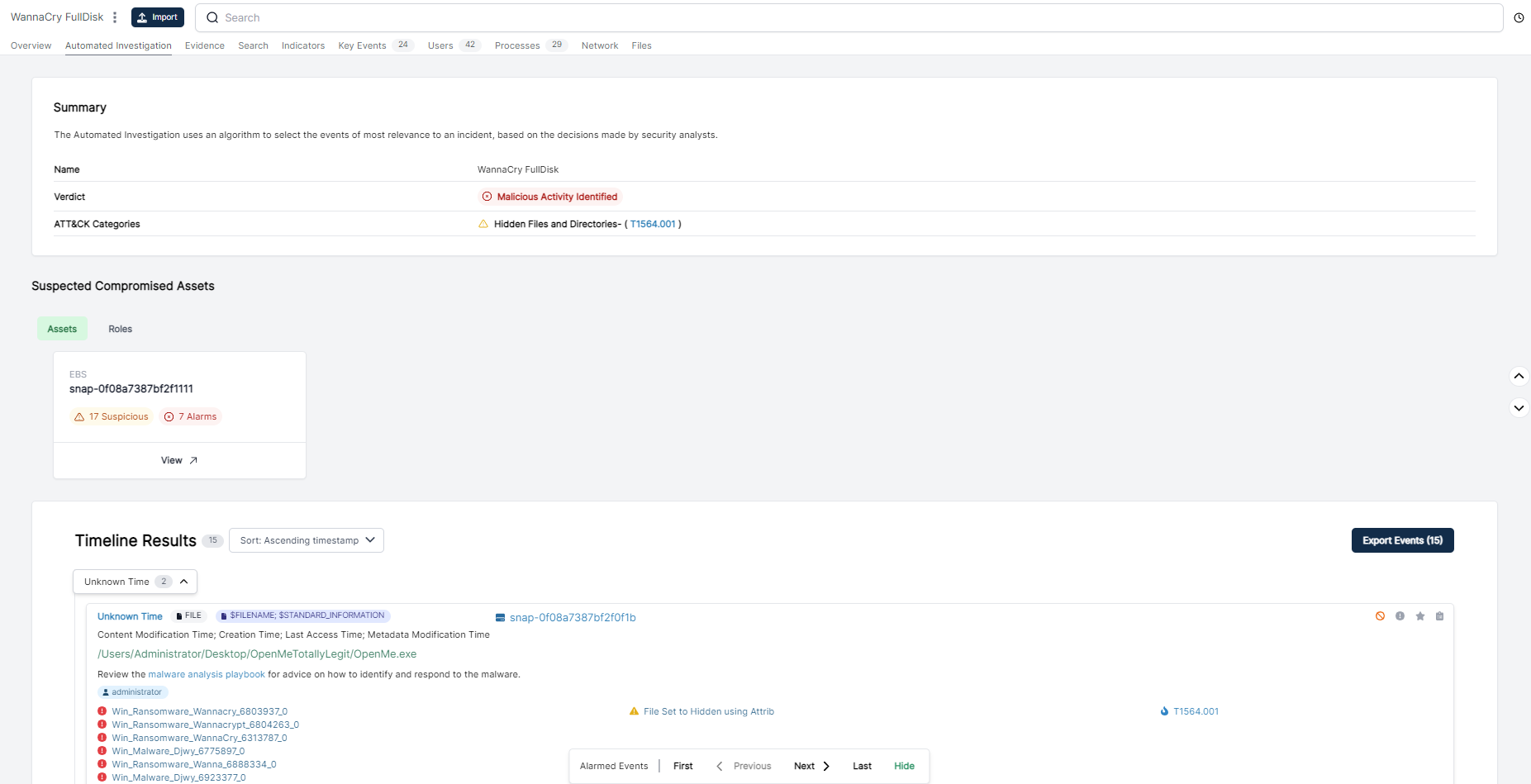
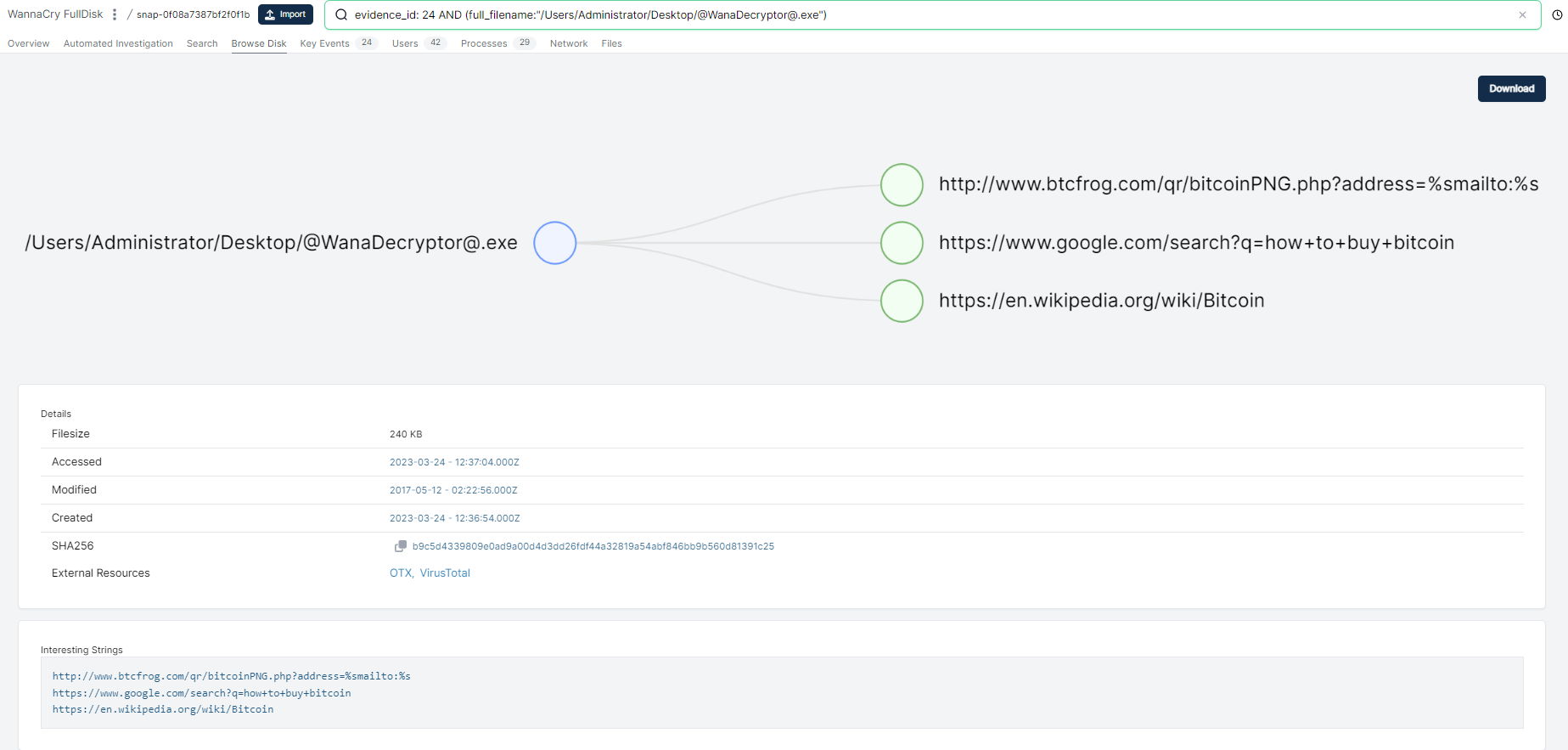
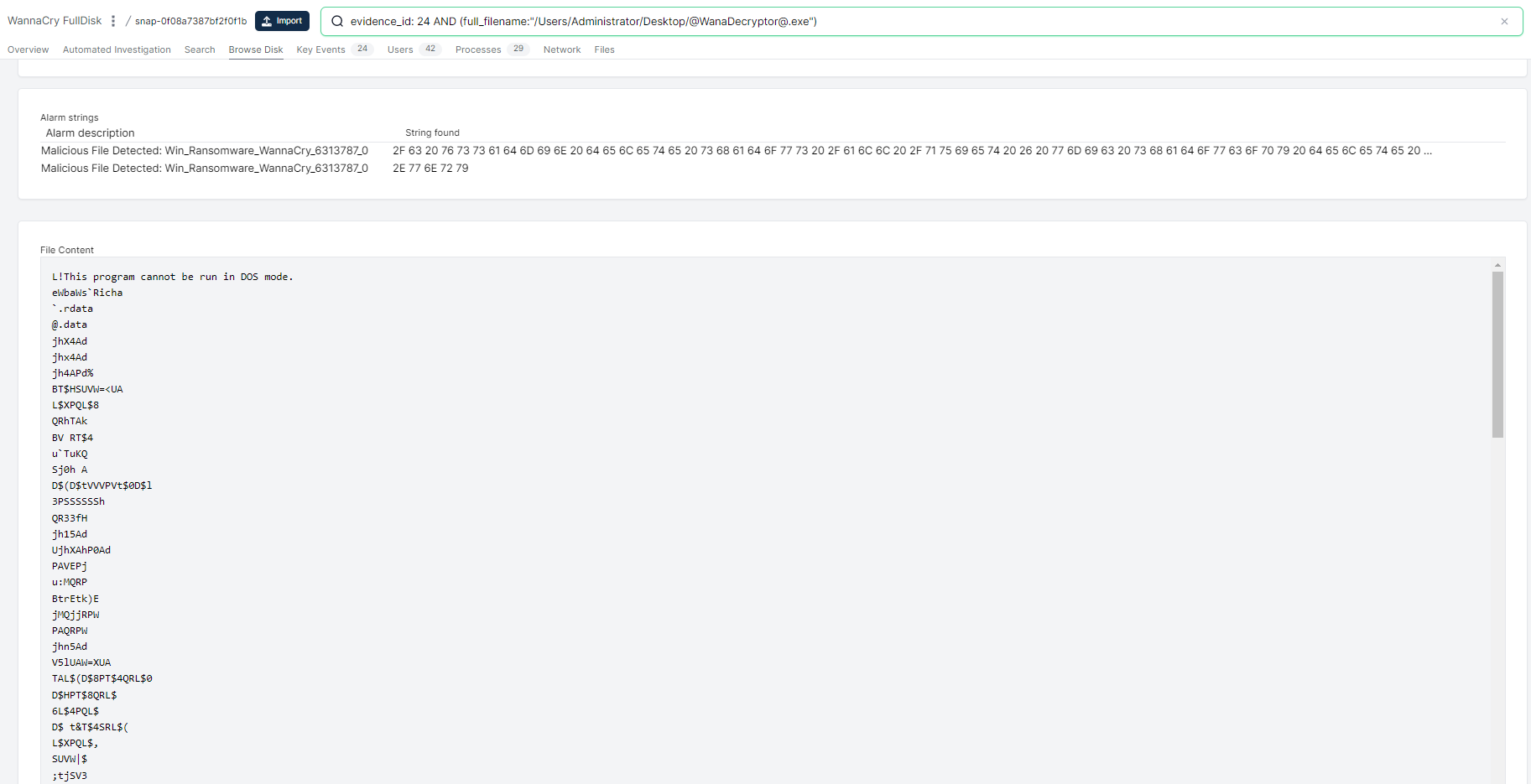
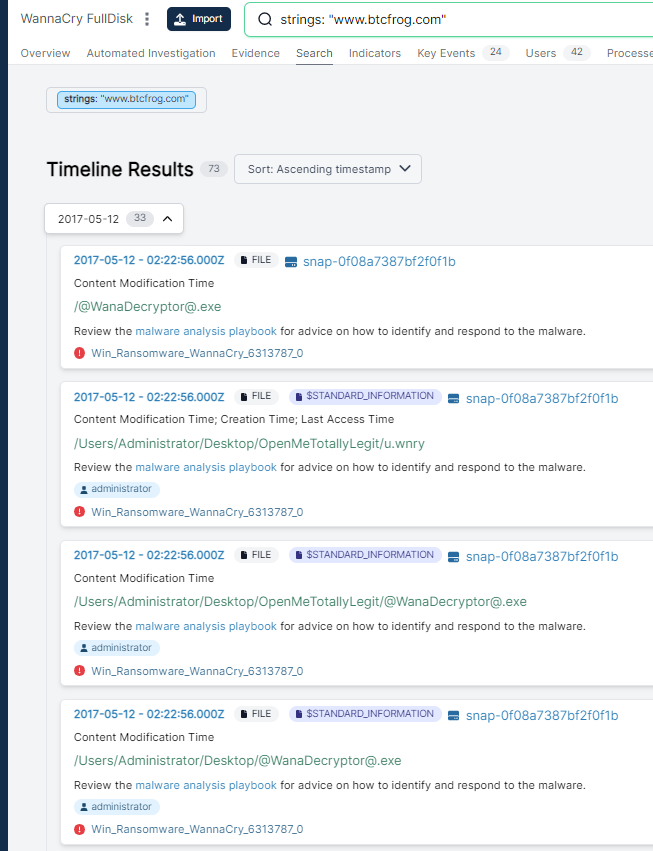

More Information
You can get a free download of KAPE here, and a free deployment of Cado Community here.
Let us know how you get on!
M
More from the blog
View All PostsUsing the Unix-like Artifacts Collector and Cado Community Edition to Investigate a Compromised Linux System
December 13, 2023Enhancing Cado Community Edition with Velociraptor
November 15, 2022Cado Security Launches Free Community Edition of its Platform
August 9, 2022

Subscribe to Our Blog
To stay up to date on the latest from Cado Security, subscribe to our blog today.

